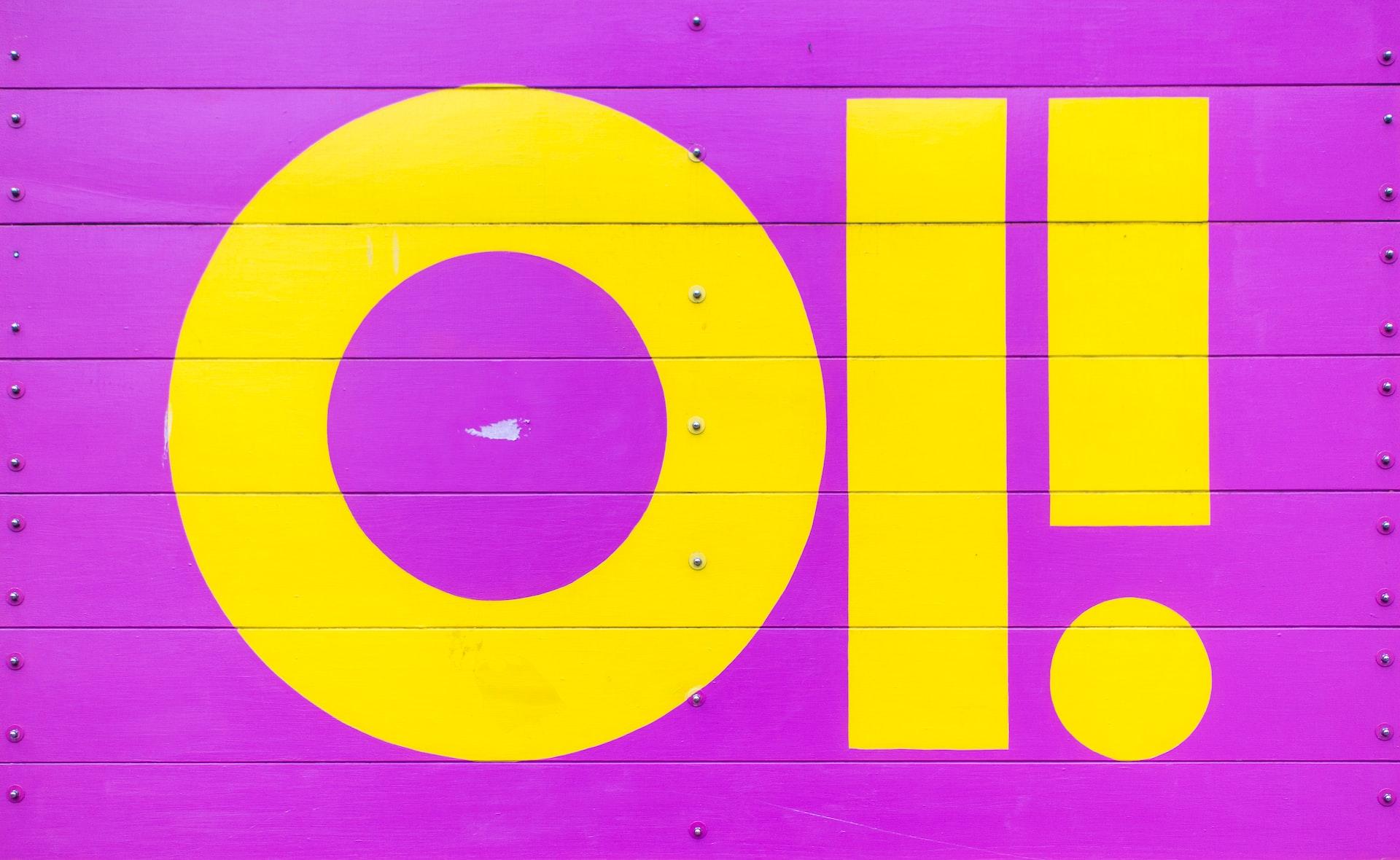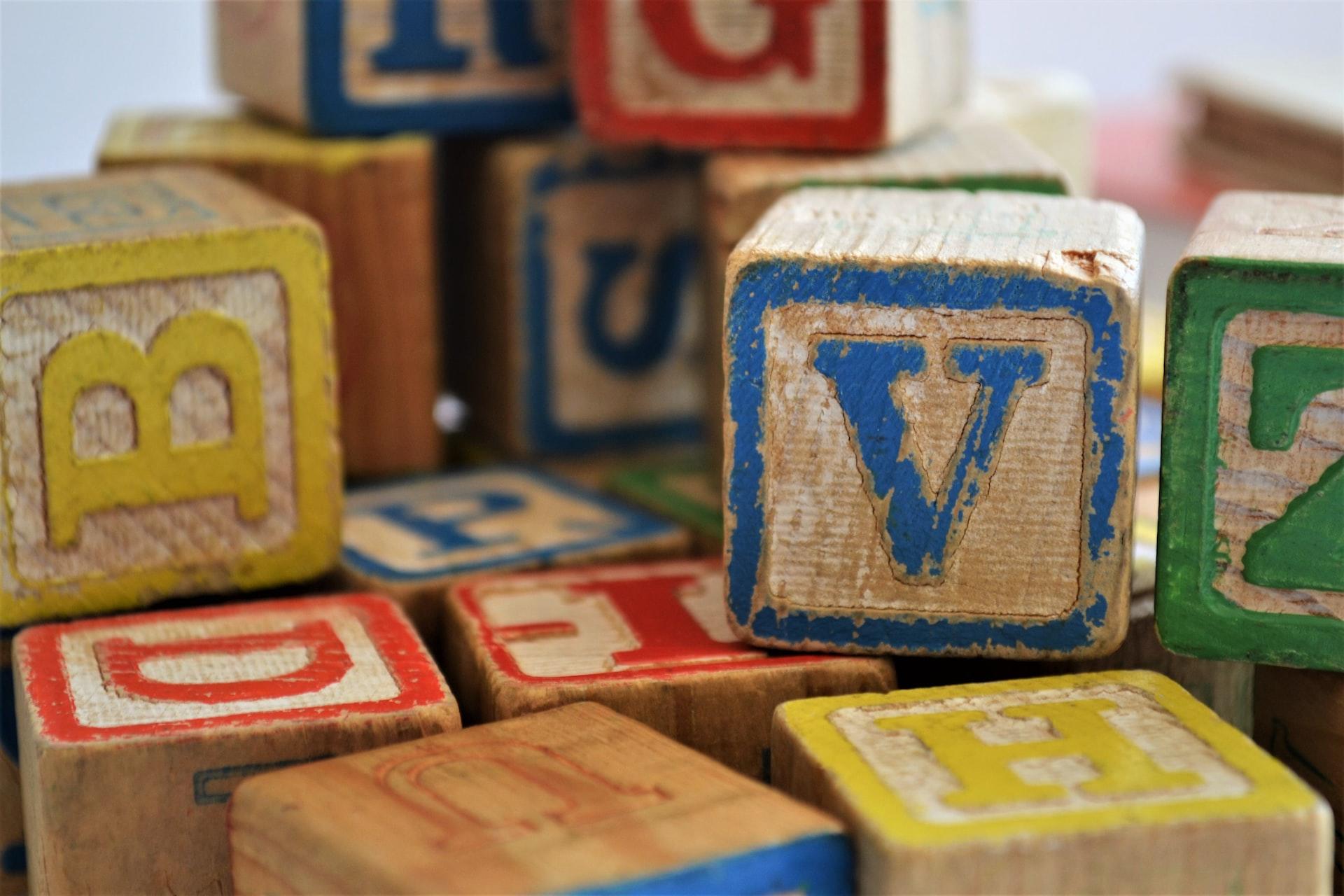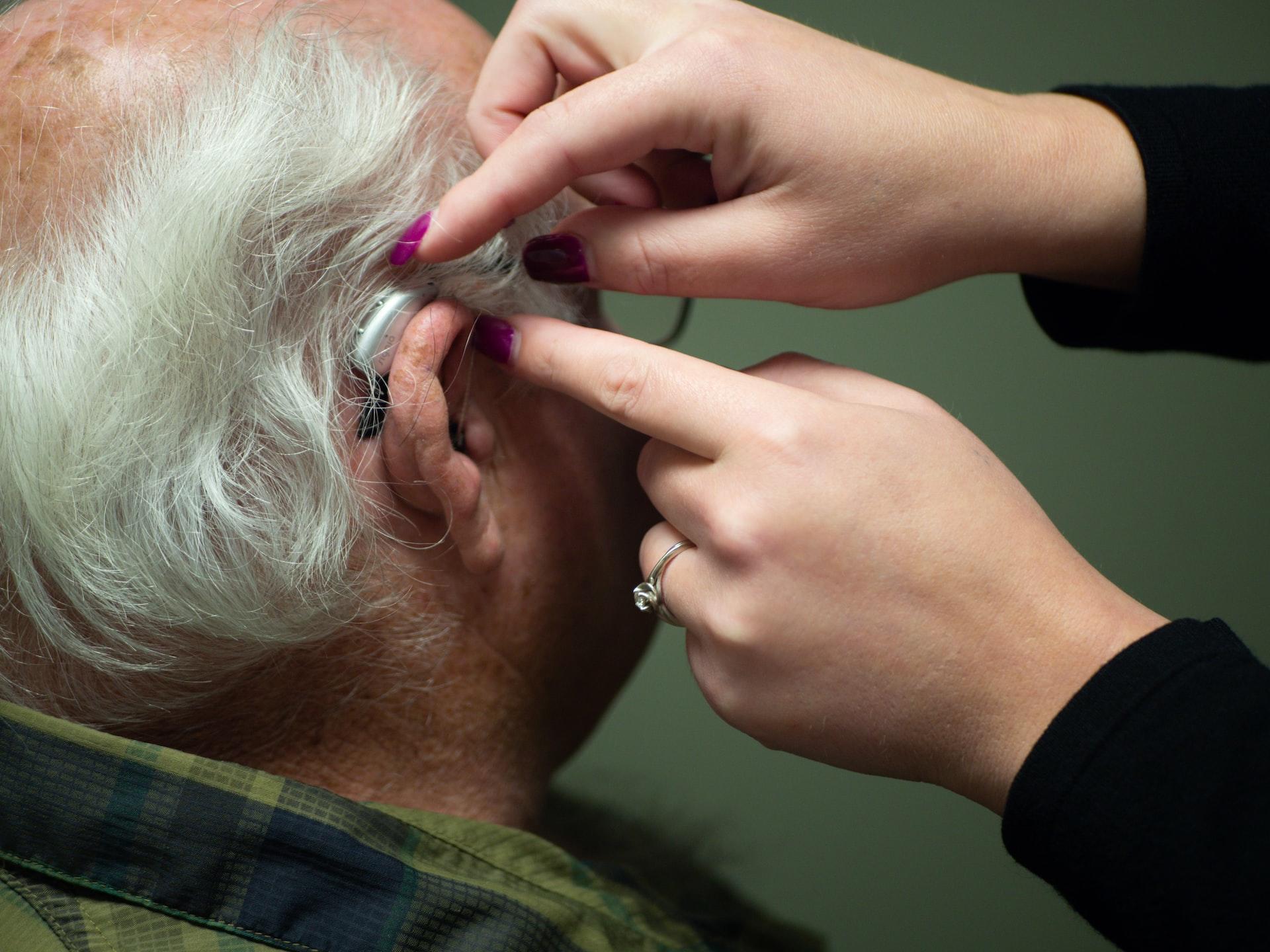Have you ever heard that English speakers could boost their productivity and income by learning another language? Across Australia, there are posters and career advice magazines and websites that say so. And what about all those New Year suggestions that say learning a new language should top your list of resolutions? There's just one thing to note about language learning: nobody ever said you had to learn a spoken language.
Auslan, a portmanteau for Australian Sign Language, is just as valid a language selection as French or Mandarin. Learning Auslan can boost your career prospects just as much as learning any other language could, maybe even more so. And learning how to sign in Auslan yields the same cognitive benefits as learning how to speak German or Italian. In fact, you could probably master Auslan basic signs long before you could master German vocabulary sounds. Try it for yourself; see how easy it is to master the Auslan alphabet.

Facts About the Australian Sign Language
The Australian sign language alphabet is identical to New Zealand's; these two dialects' alphabets are identical to the one used in Great Britain. Collectively, these three countries' sign languages are branches of the BANZSL (British, Australian, New Zealand Sign Language ) family. Going forward, keep in mind that each country's signs - their 'vocabulary' may be different; a word or concept signed one way in Tasmania or Perth might not be signed the same way in the UK. Only the alphabets are the same.
Communication in deaf communities across Australia is one reason to learn fingerspelling. Proper names is another. If you wanted to sign that you are from Hobart or Adelaide, fingerspelling is the order of things as there are no signs for names. Thus, it follows that people's names require fingerspelling, too. Beyond proper nouns, technical words are typically finger-spelt, as are some words related to science. Sometimes, people even fingerspell common English words, kind of like typing in all caps.
Communication with older signers practically demands fingerspelling. Until fairly recently, deaf education was limited in scope; fingerspelling was the only way to communicate, in most instances. In fact, support and resources were few for deaf people until about 35 years ago. Australia didn't recognise Auslan an official language on par with English until 1987. Despite that belated recognition, deaf resources remain scarce in government offices and professional settings. Whether in a shop or an office, services remain geared to the hearing population.

Auslan Basics: Vowels
Unlike American Sign Language (ASL), Auslan is a two-handed sign language. The signer's dominant hand functions as a 'pointer'; the lagging hand is the 'paper'. It doesn't matter if your right or left hand is dominant. As you learn Auslan communication particulars, you'll realise that there is no 'backwards' interpretation of signs.
Let's get started so you can experience this level of communication for yourself. We have to start with the vowels because they're so easy to master. The first thing you need to know about Australian Sign Language vowels is that there are only five of them. Y doesn't count as a vowel.
The first order of business is 'assigning' your hands. Which one is dominant? For many people, that decision is a snap. If you're ambidextrous, you must choose which hand will be dominant and stick with that decision. People might get confused if you switched hands mid-communication. Note that you might be surprised to find you already have a dominant signing hand. I'm ambidextrous and was surprised to find my right hand automatically signing even though I write left-handed.
With your hands now in order, hold them up at chest level. Touch the tip of your dominant hand's index finger to the tip of your non-dominant hand's thumb. Congratulations! You just signed the letter A. Now, let your index fingertip touch the other hand's index fingertip to sign the letter E. Touch the tip of your middle finger to sign the letter I... And there's a good chance you've figured how to sign the vowels, in their order.
So simple and logical are these vowel signs! We only have two points to note. First, you don't have to make sure that your hands are turned, palms out, to face the people you're speaking with. Posters hanging in your Auslan classroom show that view only so you can see how the letters are made. As long as your hands are fully visible, people you sign with will see which letter you're signing. Second, if you're spelling a words like 'boot' or 'soon', you must tap the O finger twice. Imagine the stir you'd create in your Auslan classroom if you signed you were wearing 'bots'!

The Australian Sign Language: Representative Consonants
Vowels are easy to execute but consonants don't lag too far behind. Your Auslan book likely says that about half of the consonants are signed as they're shaped. C is perhaps the easiest consonant of all to master as it's the Australian alphabet's lone one-handed letter. You only need to hold your dominant hand in a crescent shape. It looks nearly like the ASL C.
J is equally easy to sign but you need both hands to do it. As J resembles the letter I, signing J entails running your dominant hand's index finger down your vowel-I finger and executing a curl in your palm. If you're signing right-handed, the curl should loosely follow your thumb; a left-handed J should curl towards the edge of your hand.
Do you have any fingerspelling posters hanging in your Auslan classroom? Or did you watch a video on fingerspelling? If so, you might already know how to sign D. Hold up your non-dominant index finger and position your dominant index and thumb so that they complete that letter's arc. For P, close the gap between your dominant index and thumb, then position your joined fingertips at the tip of your non-dominant index fingertip.
Fingerspelling V entails laying your dominant hand's index and middle fingers, in a V-shape, on your non-dominant hand's palm. For X, you only need to cross your index fingers. Perhaps your Auslan books hint that signing K is a little more complex but children in my classroom mastered it easily. Fold your index finger at the first knuckle, then place that knuckle against your non-dominant hand's index finger.
To form Q, make a circle with your paper hand by touching your index and thumb tips. Then, place your other index finger on your curled thumb's knuckle to form Q's tail. For T, your index finger's tip rests in the palm of your 'paper' hand and for Y, hold your 'paper' hand flat with the thumb held away. And then, lay the pad of your dominant index finger on your thumb joint. And there you have it, a brief education on representative consonant signs.

Auslan Basic Signs: Suggested Representation Consonants
As noted above, only about half of all consonants are shaped like the letters they represent. The others merely suggests a likeness. For instance, B is signed by making circles with both hands' indexes and thumbs, and joining them together. B looks more like the infinity symbol (∞). Signing an F entails laying your first two fingers across the first two fingers of your non-dominant hand.
You might think that L could be easily represented by holding up your signing hand with the thumb perpendicular. ASL signers form L that way but not in Australia. You must lay your signing index finger across your 'paper' palm. For N, you add one finger, and another to sign M. Whether you learn Auslan online or take a course, you're sure to have books, videos and other resources that can help you form these letters correctly.
S and W are rather adorably signed. The former involves linking your little fingers together. The latter calls for joining your hands as though in prayer. But instead of folding your fingers over, extend them straight out. G and R suggest the letters' lowercase form. For G, place your fists one atop the other, dominant on top. For R, curl your index finger as you did to sign K, but place that curl against your palm rather than your index finger.
And so, we come to Z, the literal and figurative end of the Auslan alphabet. To sign it, you only need to bend your signing hand at the knuckles and plant all four fingertips in the palm of your 'paper' hand. You might think of it as your hand having to stop because it hit a wall. This sign is truly an apt representation of an end.
But we're not quite done yet. Did you notice we overlooked H? This letter's sign doesn't look like the letter. Instead, it seems to represent the sound - 'haitch' that this letter makes. You sign it by swiping your signing hand across your 'paper' hand's palm. In some languages, that sign represents 'The End'. Thus, the H sign is a good end to this article.
















